
Even if you’re navigating the urban jungle in an efficient compact or conquering rough terrain in a gas-guzzling SUV, the humble car battery remains the unsung hero of your vehicle’s operation. It’s the silent electric heart that powers everything from that initial ignition to the sophisticated electronic systems that make modern driving so convenient. But despite its critical role, this vital component is often shrouded in a thick fog of misconceptions and outright fictions, leading many drivers down paths that can prematurely shorten battery life and lead to unexpected headaches.
We love cars, and we understand the frustration that comes with a dead battery or an electrical system malfunction. That’s why we’re here to clear the air, to cut through the noise of circulating myths, and arm you with the cold, hard facts directly from the experts. Knowing the truth about your car’s battery isn’t just about avoiding a no-start situation; it’s about understanding how to optimize your vehicle’s performance, enhance its reliability, and ultimately, save yourself time and money.
So, prepare to nerd out with us as we thoroughly examine 15 of the most stubborn car battery fictions, replacing them with clear, usable information and practical advice. We’ll show you how to truly care for your vehicle’s electric core, ensuring it pulsates reliably for years to come. Let’s start by tackling some of the most common misunderstandings that mechanics wish every driver would stop believing.

1. **Myth: Car Batteries Last Forever / They Last 5+ Years Universally.**It’s a comforting thought, isn’t it? To buy a car battery and simply forget about it, expecting it to power your vehicle indefinitely. This pervasive myth suggests that car batteries are a ‘set it and forget it’ component, or that they universally endure for five years or more without fail. Unfortunately, reality tells a different story, and this fiction is one of the quickest routes to being stranded with a dead battery.
In truth, most car batteries have a finite lifespan, typically ranging from three to five years. While some might stretch to six years under ideal conditions and meticulous care, this is far from a universal guarantee. Factors like driving habits, climate, and maintenance practices drastically affect longevity. Over time, the battery naturally loses its ability to hold a charge due to the gradual deterioration of its internal components, a process no amount of wishful thinking can prevent.
Neglecting to replace an aging battery can lead to sudden failures, often at the most inconvenient times. Failing batteries usually display obvious symptoms such as slow cranking on startup, indicating insufficient power to fire up the engine. An illuminated Battery Warning Light on your dashboard is another clear indicator that attention is needed. Regular voltage checks and annual testing are essential steps to monitor its health and prevent unexpected battery-related issues, helping you stay ahead of its inevitable demise.
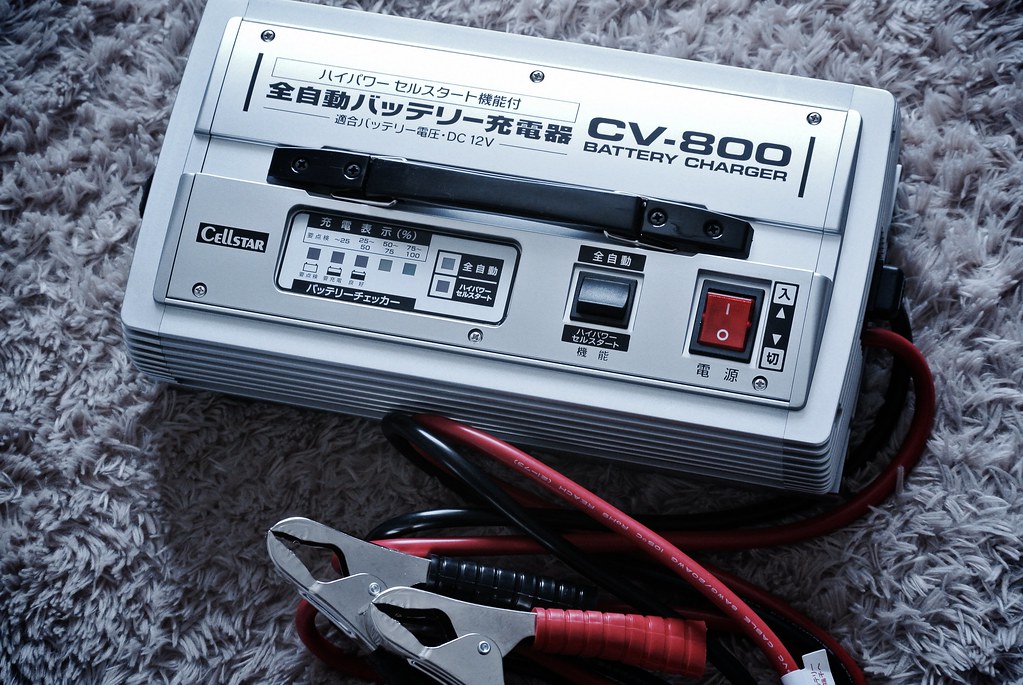
2. **Myth: Driving Fully Recharges a Battery / Driving Doesn’t Affect Battery Life.**Many drivers operate under the assumption that as long as they regularly use their vehicle, the battery will remain healthy and fully charged. While it’s true that your car’s alternator is designed to recharge the battery while you’re driving, this doesn’t automatically mean the battery receives a full, optimal charge, especially under certain conditions.
Alternators primarily work to restore a surface charge, which is often sufficient for daily operation. However, they struggle to fully replenish deeply drained batteries. If you frequently use power-hungry accessories like air conditioning or a high-wattage stereo system during short trips, the battery may not have enough time to recharge completely. Short trips, in particular, are notorious for perpetuating partial charging cycles, preventing the battery from ever reaching its full capacity and accelerating a detrimental process known as sulfation.
Expert analysis reveals that while a 30-minute drive might recover approximately 80% of a battery’s charge after a jump-start, a full restoration typically requires four or more hours of continuous driving. This consistent undercharging, caused by short trips, is the real “phantom drain” culprit, leading to premature battery degradation. To truly maximize your battery’s lifespan, aim for regular, longer drives that allow the alternator ample time to effectively recharge the battery.
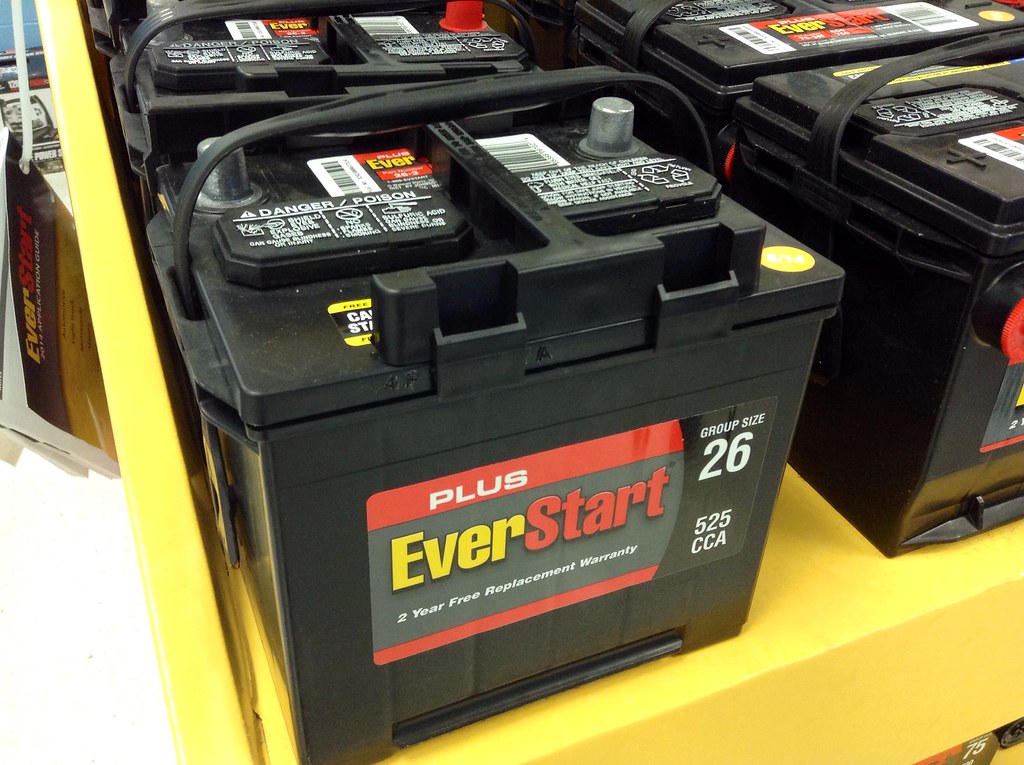
3. **Myth: You Can Jump-Start a Dead Battery Using Any Vehicle.**Dealing with a dead battery is a common inconvenience for almost every driver, and jump-starting is often the go-to solution for getting back on the road. However, the misconception that “any” vehicle can be used to jump-start another, or that the process is entirely universal, can lead to serious damage to both vehicles involved.
While the basic procedure is similar across most cars, it is critically important to make sure that the vehicle providing the jump-start has a similar voltage and charging system to your own vehicle. Using a vehicle with a significantly different voltage or an incompatible charging system could cause severe damage to your battery or, even worse, to your vehicle’s intricate electrical systems, including sensitive onboard computers.
Before you even reach for the jumper cables, always consult your owner’s manual. It will provide specific considerations for your particular vehicle, ensuring you follow the correct, safe procedure. Adhering to the exact steps, like connecting red (positive) to red (+) first, then black (negative) to the charged battery, and finally the other black (negative) end to an unpainted metal part of the dead car (away from the battery), is essential for safety and preventing costly mistakes. Following these guidelines is not just about getting your car started; it’s about protecting complex vehicle electronics.
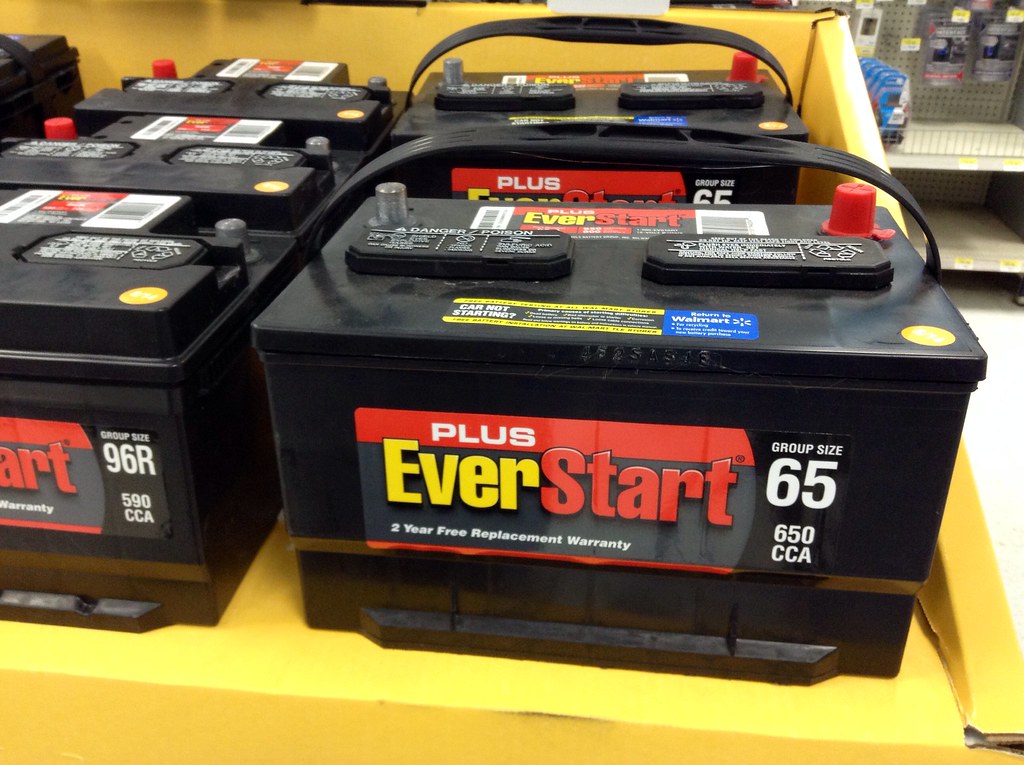
4. **Myth: Disconnecting Your Battery When Idle Prevents Drain / Batteries Self-Discharge Quickly.**
The idea that you absolutely must disconnect your car battery if the vehicle isn’t going to be used for a few days, or that batteries will rapidly self-discharge when idle, is a persistent myth that can actually cause more harm than good. While older batteries and vehicles with significant parasitic drains might benefit from disconnection, modern automotive technology has largely rendered this practice unnecessary for short periods.
Contemporary car batteries are engineered to maintain a charge for several weeks without issue. This means there’s generally no need to disconnect the battery if you’re not using the vehicle for a relatively short period, say, a few days or even a couple of weeks. Modern vehicles, with their complex infotainment systems and always-on electronics, do draw a small amount of power even when idle—known as a parasitic drain. A typical infotainment system, for instance, draws 30-50 milliamps when idle, which is considerably more than models from the 1990s.
However, this slow drain doesn’t translate to rapid self-discharge over a few days. Maintenance-free batteries, for example, lose a modest 1-5% charge monthly. It’s truly ignoring them for six months or more that often results in failure, debunking the myth that a short period of idleness necessitates disconnection. Unless you’re storing the vehicle for an extended period, or if you suspect a significant electrical fault, regularly disconnecting the battery can sometimes reset vehicle electronics, requiring recalibration and adding unnecessary hassle.
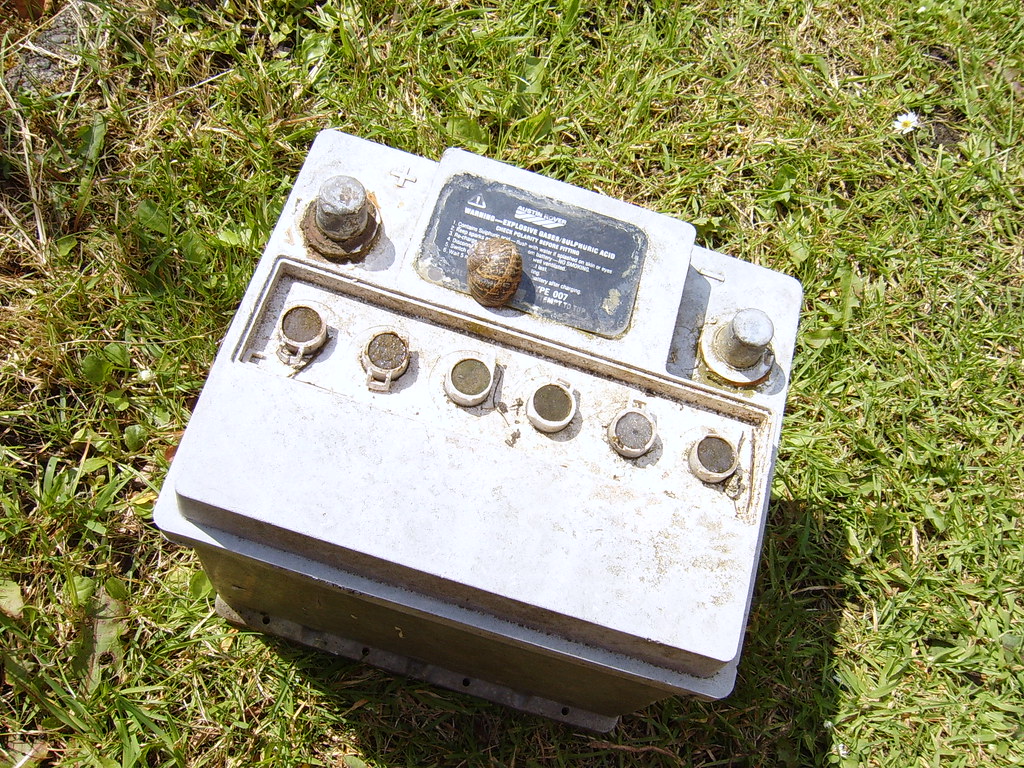
5. **Myth: A Larger (or More Expensive) Battery is Always Better / All Car Batteries Are the Same.**
When it comes to selecting a replacement battery, many drivers fall prey to two opposing, yet equally misleading, myths: either all car batteries are essentially interchangeable, or that bigger and more expensive options inherently guarantee superior performance and longevity. Both perspectives can lead to suboptimal choices and wasted money.
The truth is, car batteries come in a vast array of sizes, capacities, and specifications, meticulously tailored to different vehicle models and their specific electrical demands. Using the wrong battery size or type can lead to suboptimal performance, increased wear and tear on your vehicle’s electrical systems, and even potential damage. The battery size that is best for your vehicle is precisely determined by the manufacturer’s recommendations, which you’ll find in your owner’s manual, and the specific electrical demands of your car’s features.
Furthermore, while premium batteries might offer longer warranties and feature thicker internal plates, which can contribute to durability, simply overspending on excessive Cold Cranking Amps (CCA) provides no actual benefit if your vehicle’s computer system regulates the amperage required for startup. Your car needs a battery that meets its specific CCA requirements, not one that far exceeds them without practical advantage. Instead of blindly choosing the largest or priciest option, always match your battery to your car’s recommended specifications to ensure efficient and reliable operation.
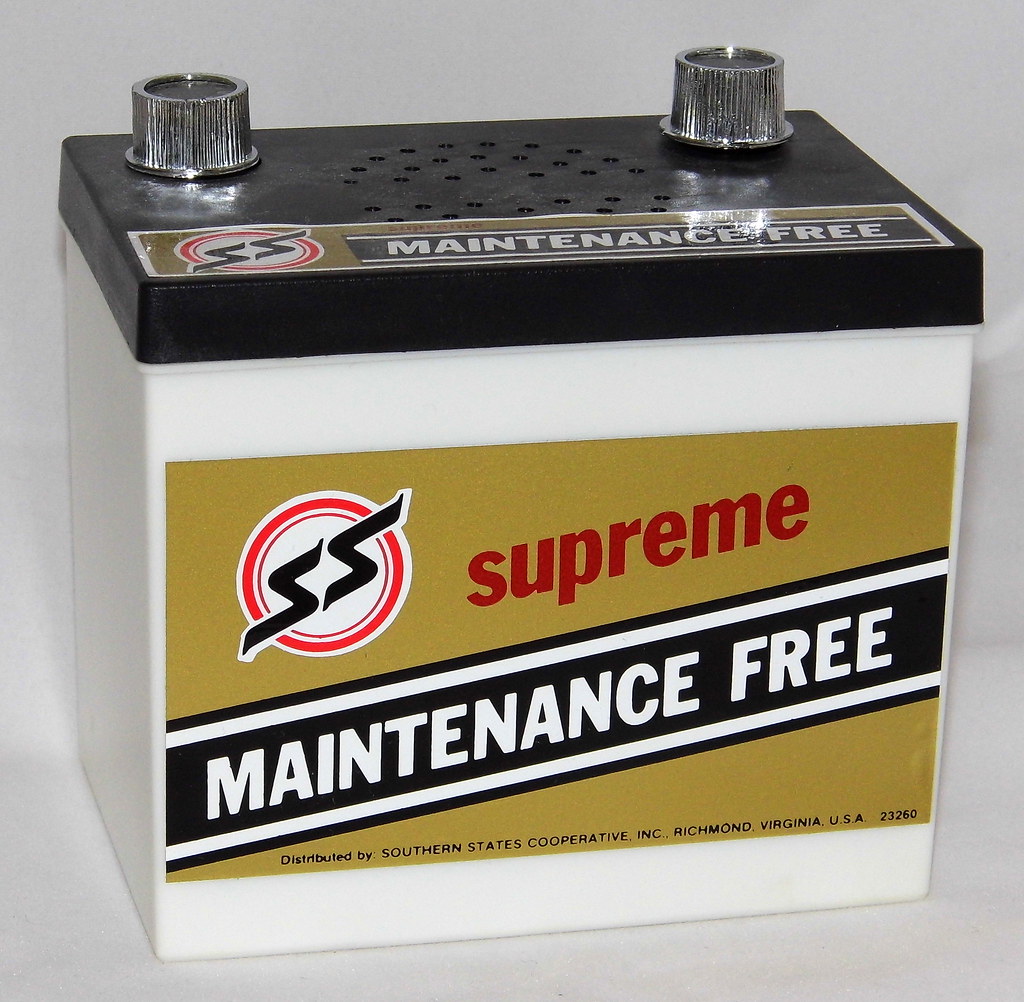
6. **Myth: You Can Tell a Battery’s Health Just By Looking At It.**It’s tempting to think you can simply glance at your car battery and accurately gauge its health. After all, if the case looks clean, intact, and there’s no visible corrosion, surely it’s in good shape, right? This misconception is incredibly common but dangerously misleading, as a battery can appear perfectly fine on the outside while secretly struggling on the inside.
While the physical condition of the battery case can offer some clues, such as indicating its age or if it’s been subjected to severe physical stress, it is by no means a reliable method for determining the battery’s internal health or its actual ability to hold and deliver a charge. Corrosion on the battery terminals, which is indeed visible, can prevent the proper flow of electricity and is easy to clean with a wire brush or steel wool. However, a clean battery isn’t necessarily a healthy one.
The only definitive way to know for sure if a battery is truly good and performing optimally is to test it using specialized equipment. A battery tester or a multimeter can accurately measure its voltage, CCA, and overall condition, providing a factual assessment that visual inspection simply cannot. Symptoms like slow cranking or random electrical failures might hint at an issue, but they don’t confirm the battery’s health without a proper diagnostic test.
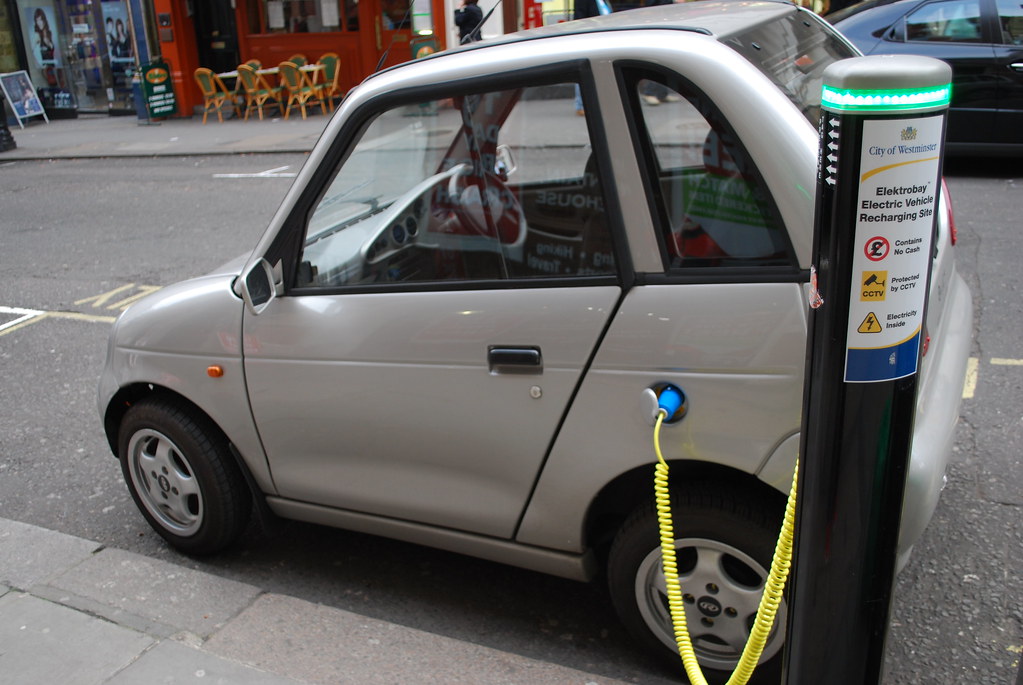
7. **Myth: A Few Minutes of Driving Recharges a Dead Battery.**After the frantic scramble of a jump-start, many drivers believe a quick spin around the block or a short drive is all it takes to fully rejuvenate a completely dead car battery. While a few minutes of driving might provide a temporary boost to a *partially* discharged battery, it’s a significant misconception to think it’s sufficient for a truly dead one.
As we’ve discussed, your alternator works to recharge the battery while the engine is running. However, its primary role is to maintain the battery’s charge and power the vehicle’s electrical systems once it’s started. It’s not designed to rapidly bring a deeply depleted battery back to full health. A battery that has been completely drained typically requires a much more sustained and controlled charging process than what a short drive can offer.
In most cases, a truly dead battery will need to be recharged using a dedicated battery charger, often over several hours, to restore its full capacity and prevent long-term damage like sulfation. If a battery is frequently dying and requiring jump-starts, or if it fails to hold a charge even after a lengthy drive, it’s a clear indication that it’s either reached the end of its lifespan and needs replacement, or there’s an underlying issue that a professional mechanic should investigate.
Now that we’ve tackled some of the most common battery fictions, it’s time to plunge deeper into the intricate world of automotive power. We’re rolling up our sleeves to expose even more stubborn myths, ranging from the pervasive effects of extreme weather to the often-misunderstood “maintenance-free” labels and the crucial role of proper recycling. Our goal remains simple: to equip you with the cold, hard facts, transforming you from a bewildered driver into a true battery care guru.
Read more about: Stop Falling for These 19 Car Myths: Essential Facts for Drivers

8. **Myth: Batteries Only Fail in Cold Weather / Hot Weather Isn’t Harmful.**Many drivers dread the arrival of winter, convinced that cold temperatures are the sole enemy of their car battery. They brace themselves for sluggish starts and potential no-starts, attributing all battery failures to the chill. This widespread belief, however, often overlooks the equally, if not more, damaging impact of extreme heat, creating a significant blind spot in battery care knowledge.
While it’s true that extremely low temperatures can make it hard to start a car, this is often because cold reduces the battery solution’s ability to transfer full power, rather than directly killing a healthy battery. Cold weather thickens engine oil and slows chemical reactions, making existing weaknesses in a battery apparent. A battery that performs perfectly at 27°C might see its available power drop significantly, for example, a 600 CCA battery could drop to 400 CCA at -18°C.
On the flip side, hot weather can be a silent assassin. High temperatures cause the battery solution to evaporate at an accelerated rate, limiting its ability to hold a charge and causing more long-term damage by evaporating electrolytes. You might even notice a rotten egg smell from the sulfur in the solution if this process is underway. This unseen chemical degradation during summer often lays the groundwork for winter failures, making heat the more insidious threat to battery longevity.
To protect your battery from both extremes, consider keeping your car garaged whenever possible. This simple practice helps regulate ambient temperature, buffering your battery against the intense heat of summer and the deep freeze of winter. Investing in a battery heater can also act like a “toasty jacket” for your battery, keeping it warm and reliable when the mercury plummets.
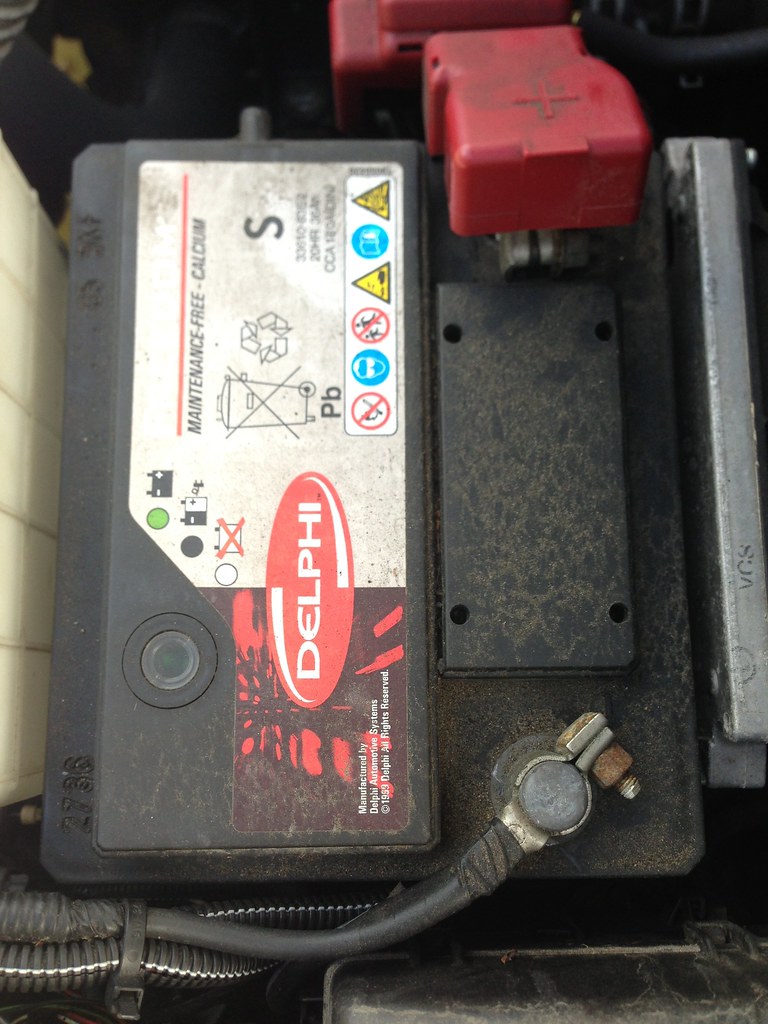
9. **Myth: Buying a Higher CCA Battery Always Remedies Cold Starting Issues.**When faced with the prospect of a tough winter start, it’s a natural inclination for many to think that upgrading to a battery with a significantly higher Cold Cranking Amp (CCA) rating will solve all their problems. The assumption is straightforward: more power means an easier start, especially when the temperature drops. This leads many drivers to spend extra on batteries far exceeding their vehicle’s factory specifications.
However, this is a pervasive misconception. While CCA rating is important, simply buying a battery with excessive CCA provides no actual benefit if your vehicle’s computer system regulates the amperage required for startup. Vehicle computers are designed to draw a specific amount of power; exceeding this threshold offers no practical advantage and is essentially wasted capacity. It’s like having a garden hose capable of extreme pressure when your spigot only allows a gentle flow.
The real key to reliable cold weather starts isn’t just about raw CCA numbers. It’s about ensuring your existing battery is healthy, properly charged, and suited to your vehicle’s *actual* requirements. A well-maintained battery, even with a standard CCA rating, will outperform an over-specified, neglected one.
Instead of chasing inflated CCA figures, focus on maintaining your battery’s health year-round. Regular voltage checks and ensuring the battery is fully charged will do more for cold-weather reliability than an unnecessarily high CCA rating. If you’re consistently experiencing cold-start issues, a professional diagnostic test will identify the root cause, which may not be the battery’s CCA at all.
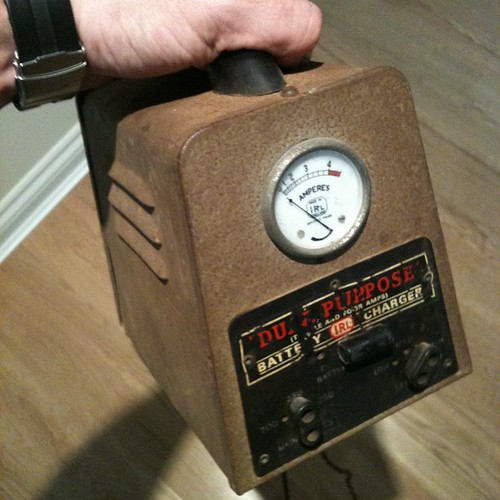
10. **Myth: You Can Refill Evaporated Battery Fluid with Tap Water.**In regions prone to high temperatures, battery fluid evaporation can become a concern. When you notice that distinct rotten egg smell or observe lower fluid levels in a non-sealed battery, it’s easy to assume that any available water, like tap water, can be used to top it off. This common, seemingly harmless action is a fiction that can actually cause significant damage to your battery cells.
Tap water, despite appearing clean, contains a host of minerals and impurities such as calcium, magnesium, and chlorine. These elements, when introduced into the delicate chemical environment of a car battery, can interfere with its internal reactions and accelerate the degradation of its plates. Over time, these impurities can lead to sulfation and reduced battery performance, severely shortening its lifespan.
The correct, and only, fluid to use for topping off a low battery is deionized or demineralized water. These types of water have had their mineral content removed, ensuring that no harmful substances are introduced into the battery’s electrolyte solution. However, it’s crucial to understand that needing to refill battery fluid is often a symptom, not a solution.
If you find yourself needing to top off your battery frequently, it’s probably a sign that your battery is already experiencing internal issues and needs a replacement soon. Consistent evaporation indicates the battery is working harder than it should or operating in extreme conditions, suggesting its end of life is approaching. Always consult a professional mechanic if you’re unsure about battery fluid levels or replacement.
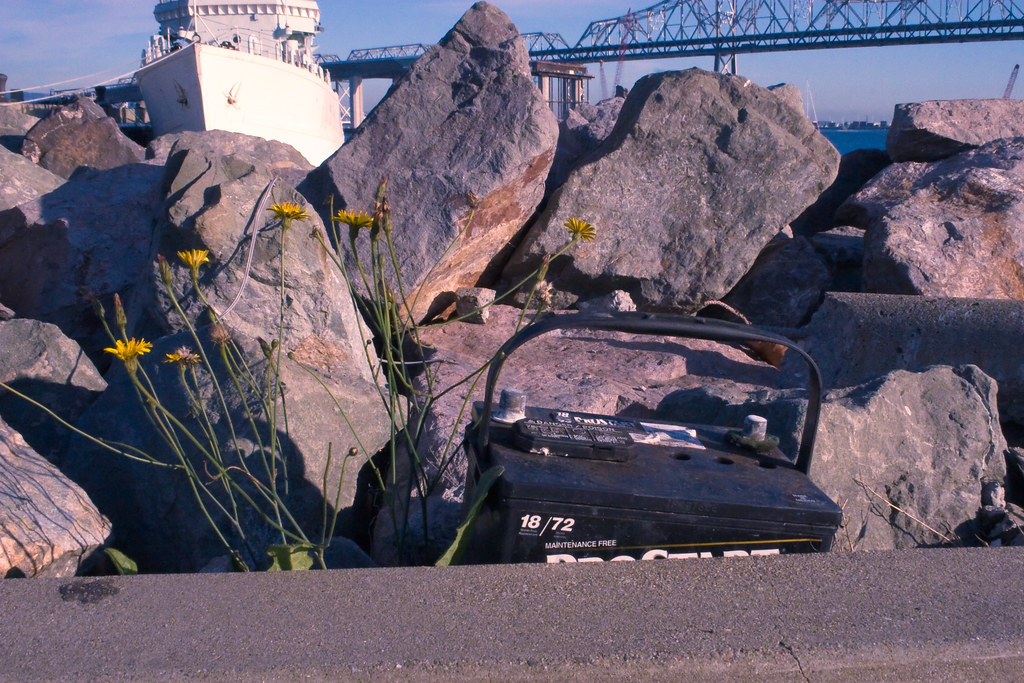
11. **Myth: “Maintenance-Free” Batteries Require Zero Attention.**The label “maintenance-free” on a car battery often leads to a false sense of security, convincing many drivers that once installed, these batteries require absolutely no further attention or care. This popular fiction encourages an “install and forget” mentality, which can prematurely lead to battery failure and unexpected vehicle downtime.
In reality, “maintenance-free” primarily refers to the sealed design of the battery, meaning it doesn’t require periodic topping off with water because its cells are not refillable. This design prevents electrolyte evaporation, making them more convenient than traditional flooded batteries. However, this convenience does not translate to invincibility or a complete exemption from all forms of upkeep.
Even sealed, maintenance-free batteries are vulnerable to external factors that impact their performance and longevity. Corrosion on battery terminals, for instance, still requires regular cleaning to ensure proper electrical flow. Furthermore, monitoring the vehicle’s charging system remains essential, as an overcharging or undercharging alternator can severely damage even the most robust “maintenance-free” unit.
These batteries also experience a natural self-discharge, typically losing 1-5% of their charge monthly. Ignoring them for six months or more often results in irreversible failure, proving the “install and forget” myth false. Modern vehicles, with their complex infotainment systems and always-on electronics, contribute to a constant parasitic drain, making annual load tests and keeping terminals grease-free crucial for extending the life of these seemingly autonomous power sources.
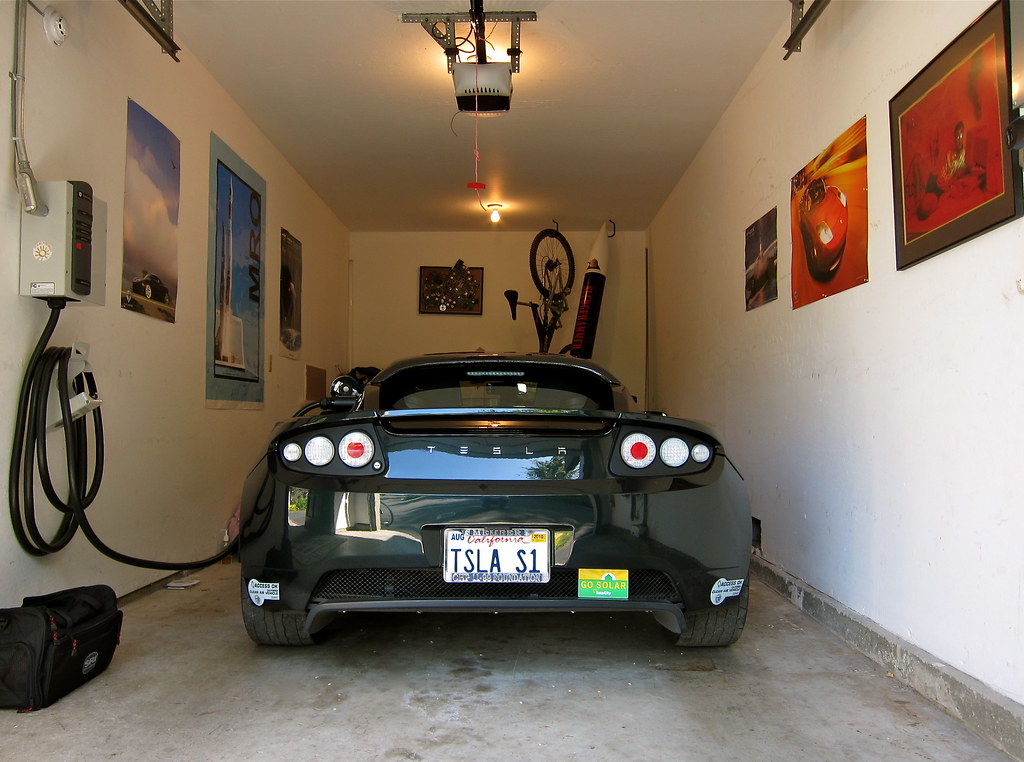
12. **Myth: Jump-Starting Your Car Will Always Ruin Its Electronics.**For many years, the advice circulated that jump-starting a modern vehicle could irrevocably damage its sensitive onboard electronics, particularly the Engine Control Unit (ECU). This fear, deeply rooted in experiences with vintage cars lacking voltage regulators, persists today, causing undue anxiety for drivers whose batteries unexpectedly die.
However, the reality for modern vehicles is quite different. Contemporary cars are designed with surge-protected ECUs that can withstand the voltage fluctuations inherent in a correct jump-start. The risk of damage is minimal, provided the jump-starting procedure is followed precisely as outlined in your owner’s manual. The danger myth largely stems from outdated information and procedures applied to vehicles not equipped with modern protective systems.
The primary threat during a jump-start isn’t the jump itself, but rather reverse polarity – connecting the cables incorrectly. Misplacing the positive and negative terminals can indeed send damaging electrical surges through the system, frying sensitive components. This is why strict adherence to the correct sequence (red-to-red positive, then black from charged battery to unpainted metal on the dead car) is paramount.
While proper technique minimizes the risk to electronics, it’s also important to remember that every time a battery is fully discharged and requires a jump-start, its overall lifespan is shortened. The alternator then has to work harder to recharge the drained battery, which can also reduce fuel economy. So, while electronics are generally safe, frequent jump-starts signal an underlying battery issue that needs addressing to prevent further degradation.
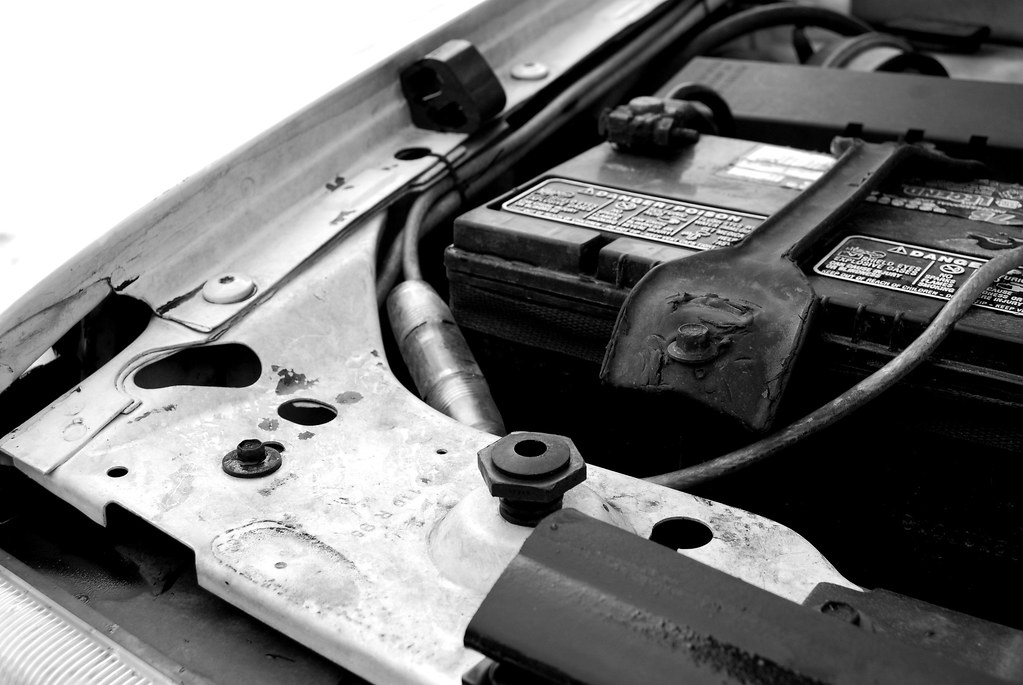
13. **Myth: If Your Car Won’t Start, It’s Always a Dead Battery.**The moment your car refuses to fire up, a dead battery is often the first, and sometimes only, culprit that springs to mind. It’s an understandable assumption, given how commonly a flat battery is the reason for a no-start situation. Yet, this narrow focus is a fiction that can lead to misdiagnosis, wasted time, and unnecessary battery replacements, overlooking a host of other potential mechanical or electrical issues.
While a dead battery is a likely suspect, numerous other components within your vehicle’s intricate system can produce strikingly similar symptoms. For instance, a faulty starter motor might produce a single “click” when you turn the key, mimicking the sound of a completely dead battery that can’t even crank. This can be incredibly misleading for an inexperienced ear.
Similarly, if your alternator fails, the battery won’t receive the crucial recharge it needs while the engine is running, inevitably leading to a no-start condition even if the battery itself was initially healthy. Beyond the core electrical system, issues like clogged fuel injectors or worn-out spark plugs can also prevent an engine from catching fire. Even something as simple as corrosion on the battery terminals can prevent the flow of electricity, mimicking a dead battery.
Therefore, assuming a dead battery is always the problem can be a costly mistake. If your car won’t start, it’s essential to consider a broader diagnostic approach. Checking for visible corrosion, listening carefully to engine sounds, and consulting with a professional mechanic can help pinpoint the actual cause, ensuring you address the right problem and avoid throwing money at a perfectly good battery.
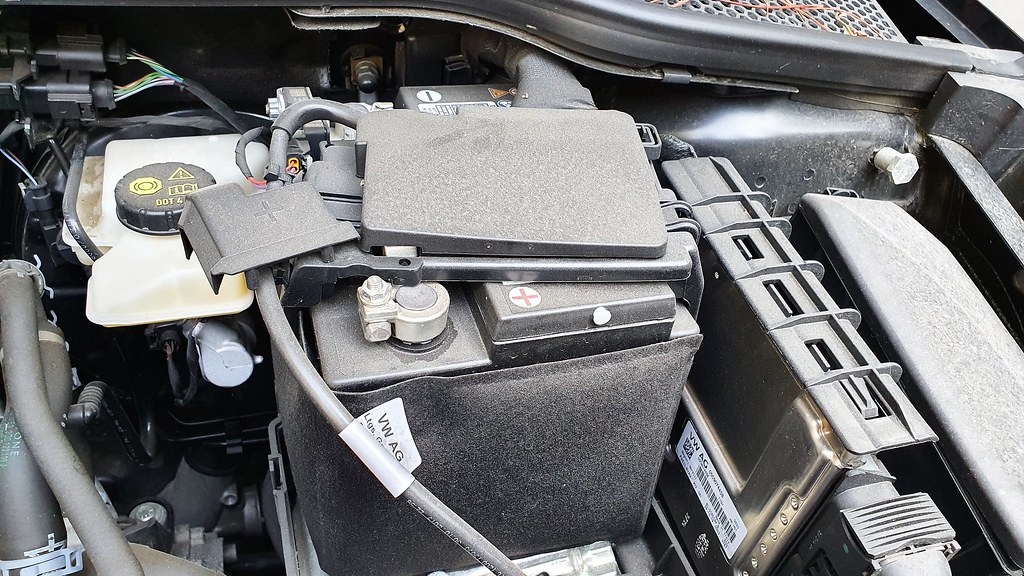
14. **Myth: You Can Just Toss Old Car Batteries in the Trash.**Eventually, no matter how diligently you follow maintenance best practices, every car battery will reach the end of its operational life and require replacement. At this point, a dangerous fiction often surfaces: the idea that a dead battery can simply be tossed into the household trash like any other waste item. This misconception completely disregards the hazardous nature of battery components and the critical need for responsible disposal.
Car batteries are not benign objects. They are chemical powerhouses, typically containing lead, sulfuric acid, and other materials that are highly toxic and corrosive. Disposing of them in regular landfills poses significant environmental risks. These harmful chemicals can leach into the soil and groundwater, contaminating ecosystems, harming wildlife, and potentially impacting human health.
Thankfully, there’s a straightforward and environmentally responsible solution: recycling. Most local mobile mechanics and auto supply stores are equipped and required to accept dead car batteries for recycling. These facilities ensure that the hazardous components are safely neutralized and that valuable materials, such as lead, are recovered and reused, preventing them from polluting our planet.
Making the effort to properly dispose of your dead battery is a simple but impactful act of environmental stewardship. It’s a key part of the entire battery lifecycle that often gets overlooked. So, do nature a favor—never toss a car battery in the trash. Instead, ensure it makes its way to a designated recycling point, contributing to a cleaner, safer environment for everyone.

15. **Myth: Revving the Engine Charges a Battery Faster During a Jump-Start.**After successfully connecting jumper cables, a common instinct is for the driver of the good vehicle to rev their engine, believing that this action will somehow accelerate the charging process of the dead battery. This persistent fiction suggests that more engine RPMs equate to a faster, more effective jump-start.
However, this is largely ineffective and can even be counterproductive. While revving might marginally increase the alternator’s output, it won’t significantly speed up the transfer of charge to a deeply depleted battery. The act of jump-starting primarily draws amps from the good battery itself, and this current flow is unaffected by the engine power of the donor vehicle. The alternator’s main role is to maintain the donor battery’s charge and power its own electrical systems, not to rapidly force a high charge into another battery.
In fact, revving the engine unnecessarily can risk overloading an aged or struggling alternator in the donor vehicle, potentially causing more harm than good. Optimal recharge for the dead battery, once started, comes from sustained idling or a moderate drive. The goal during the jump-start itself is to simply provide enough initial current to crank the engine, allowing the recipient car’s own alternator to take over.
The recommended practice is to let the car with the fully charged battery idle for roughly five to ten minutes after connection, allowing a steady, optimal recharge without stress. Once the dead car starts, a 20-minute idle or a five-mile drive is typically needed for its battery to begin recharging effectively. This measured approach ensures both vehicles’ systems are protected and the battery receives the appropriate level of charge.
Understanding the inner workings of your car’s battery and dispelling these widespread fictions is more than just good maintenance; it’s about empowering you as a driver. As we’ve journeyed through these 15 stubborn myths, from the truths about battery lifespan and charging to the nuances of extreme weather effects and proper disposal, we hope you’ve gained invaluable insights. Remember, your car battery isn’t just a ‘dumb’ power box; it’s a sophisticated component that, with the right knowledge and care, will reliably power your adventures for years to come. By embracing these facts, you’re not just avoiding breakdowns; you’re becoming a smarter, more confident car owner. Keep nerding out over your autos with us, and drive on with confidence!


